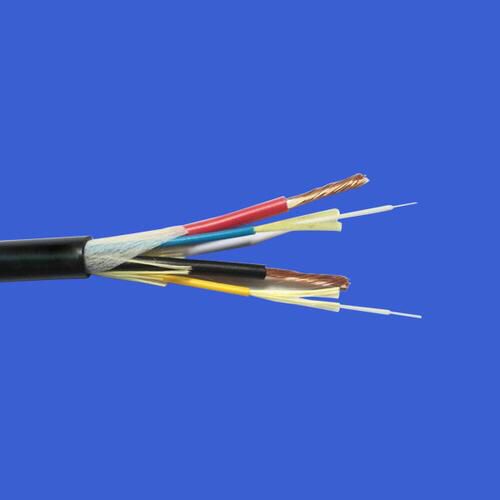
In recent months, there have been numerous reports about the development of fixed wireless access (FWA), a service that appears to have become the biggest success story of 5G networks to date. In fact, T-Mobile US has consistently reported quarterly FWA subscriber growth since it first launched the service in 2021.
In the first quarter of 2023, T-Mobile reported 523,000 new 5G FWA customers, bringing its total number of FWA customers to 3.2 million. T-Mobile and Verizon added a combined 665,000 residential FWA customers in the first quarter, a level that was zero in the first quarter of 2019. As New Street Research points out, it remains to be seen whether the number of FWA at U.S. mobile carriers has peaked.
How is FWA developing in Europe and the rest of the world? As IDC noted in December 2022, mobile networks have been used for home broadband services in Europe for more than a decade and, albeit on a small scale, 5G technology is expanding the size and scope of FWA services.
IDC's John Delaney said FWA "presents an attractive opportunity for carriers to monetize 5G networks early."
However, he warned that operators "take a long-term view when planning FWA strategies to ensure that the growth of FWA's customer base does not negatively impact mobile customer experience or ARPU(average revenue per user)."
Meanwhile, a new report from Rethink Technology Research offers some interesting predictions that the FWA's fortunes will change by region. To be sure, the United States is currently leading the field with rapid rural FWA user growth that is expected to continue for several years.
However, the report said the number of users in populous Asia-Pacific countries, led by China and India, would "explode" as the US market became saturated. In fact, the company forecasts that the Asia-Pacific region "will see substantial growth in wireless broadband subscribers over the next seven years, with Europe in second place, followed by Africa and Latin America, as rural deployment accelerates in some countries." North America will fall to last place in the regional rankings.
When it comes to FWA revenues, things look a little different. In this regard, Rethink Technology Research said that Europe will account for 35 percent of the global $62.9 billion by 2030, followed by North America and the Asia-Pacific region with 24 percent and 16 percent, respectively. This is of course determined by ARPU levels, which, according to Rethink, range from US $54 to an average of US $7 across the Asia-Pacific region, while in India ARPU levels are only US $2.
Overall, Rethink Technology Research concluded that FWA "is being driven tripartite by consumers, operators and governments, all of which are responding to growing demand and increasing technological capabilities. In areas where wired broadband service is not available or is of poor quality, consumers are demanding access to broadband services that are more comparable to urban users, and these services are now increasingly provided by FWA."
Mobile operators are interested in the potential for new revenue streams or services using unused spectrum. The report adds that in developing countries, as well as parts of the developed world, wireless broadband has become the most cost-effective option for providing broadband services to users who previously had no access to the Internet at acceptable speeds or at all.
Another key factor, according to the report, is that cellular networks have almost caught up with broadband's curve of increasing expectations for performance and reliability. In advanced economies, this is typically between 30Mbps and 60Mbps, rising to 100Mbps or more in the coming years.
In conclusion, while 5G FWA appears to be little more than a show in the US for now, analysts expect take-up to accelerate in Europe and developing markets with patchy broadband coverage.
Recent examples include Vodafone Spain, which launched its FWA service in late November 2022, promising download speeds of up to 1Gbit/s. In addition, India's Reliance Jio has set an aggressive target of reaching 100 million households with its 5G FWA service within a few years.
According to the recent Ericsson Mobile Report Business Review edition, many service providers are rolling out 5G FWA in Europe, with Italy, Austria and the Nordic countries seeing high market demand. The report also estimates that global revenue for FWA service providers was $27 billion in 2022 and is projected to reach $67 billion by 2028.






